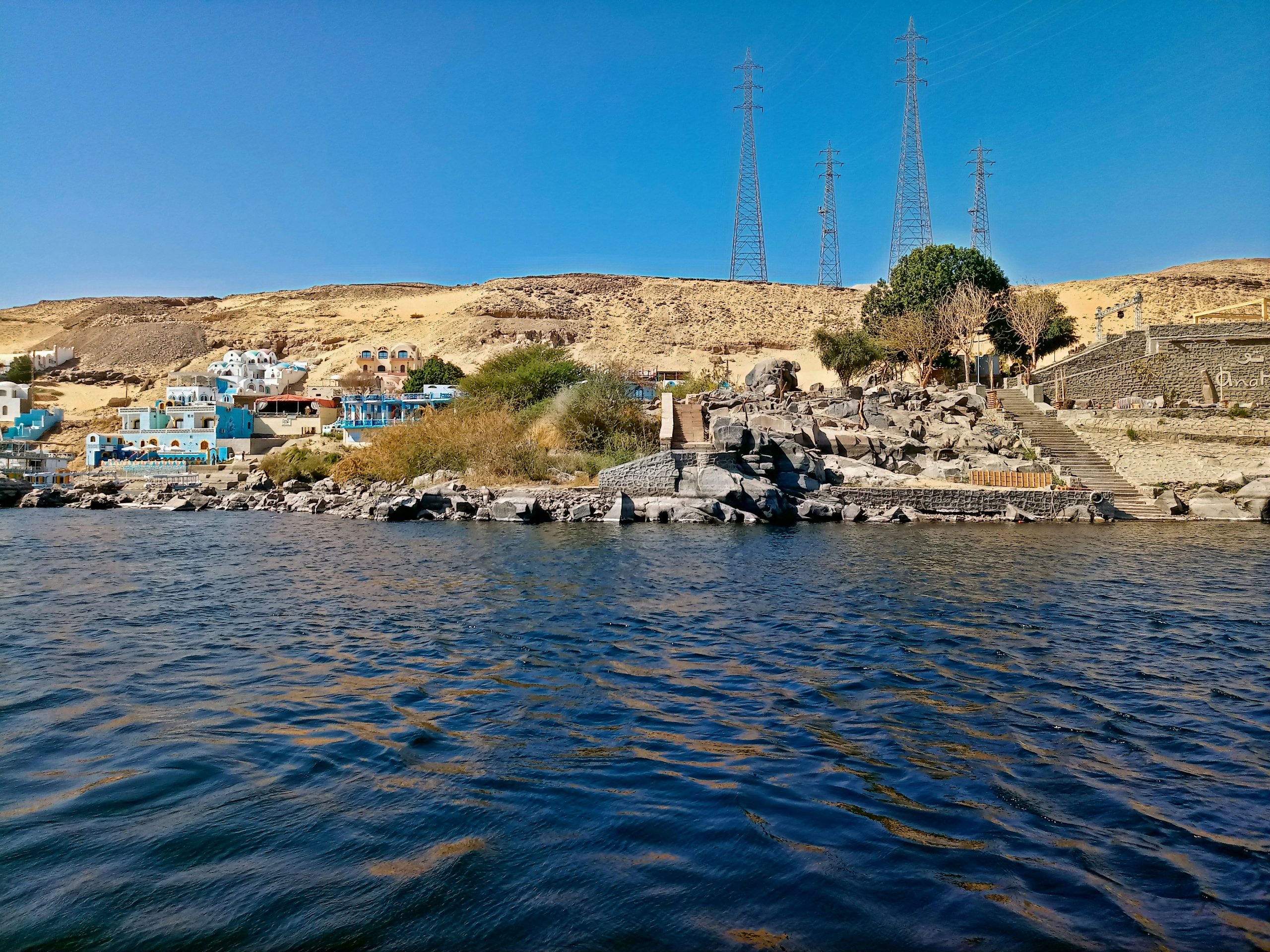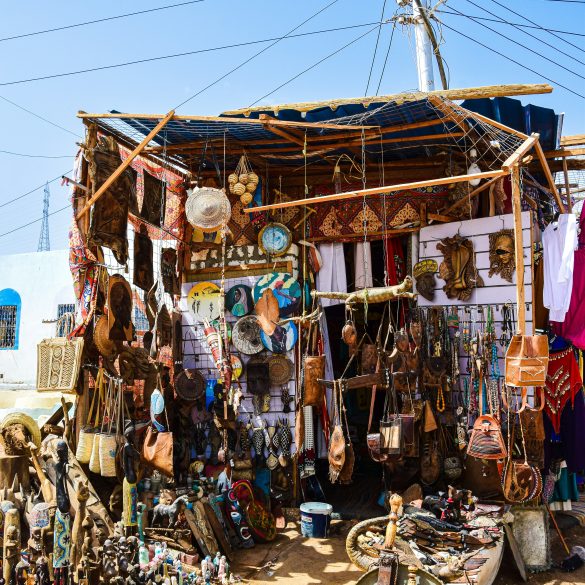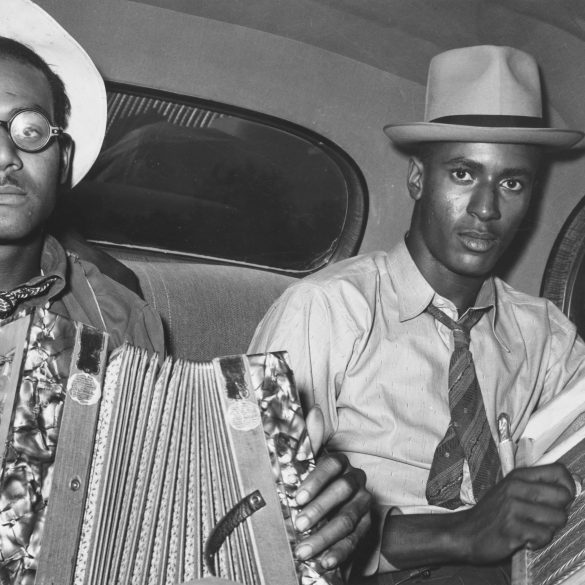A Nile Cruise from Luxor to Aswan – Worth It?
Here’s the thing about Nile cruises—everyone’s got an opinion, but honestly? I’ve been fascinated by Egypt since childhood, and after finally taking that cruise from Luxor to Aswan three years ago, I keep getting asked the same question: “Was it actually worth the money?” The short answer is… well, it’s complicated. And that’s exactly why I’m writing this comprehensive guide. Let me be completely upfront: I went in with pretty high expectations. Maybe too high. You know how it is when you’ve dreamed about something for years? But here’s what I discovered during those four days floating down the world’s longest river1—the experience delivers in ways you don’t expect, while simultaneously falling short in others.
Egypt Travel Insight: The Nile River stretches 4,132 miles, making it not just Egypt’s lifeline but the longest river in the world. Your cruise covers roughly 200 miles between Luxor and Aswan, representing less than 5% of the river’s total length—yet this section contains some of humanity’s most spectacular ancient monuments.
What struck me most wasn’t the obvious stuff—yes, the temples are absolutely breathtaking, and yes, watching the sunset over the Nile while sipping tea on deck is pretty magical. Instead, it was the unexpected moments that made the biggest impression. The elderly Egyptian man who sat beside me during our Kom Ombo visit, sharing stories about his grandfather who worked on archaeological digs. The pre-dawn call to prayer echoing across the water. The way the light hits those sandstone columns at Edfu Temple just before noon.
But I’m getting ahead of myself here. Let’s start with what you’re really wondering about.
A typical Luxor to Aswan cruise ranges from three to seven days, with most people opting for the four-day, three-night experience. You’ll visit major archaeological sites including Karnak Temple, Valley of the Kings, Edfu Temple, Kom Ombo Temple, and conclude at the magnificent Philae Temple near Aswan. According to recent tourism data2, over 400,000 travelers take Nile cruises annually, making this one of Egypt’s most popular tourist experiences.
Now, before we dive deeper into whether this investment makes sense for your travel style and budget, let me share what I wish someone had told me before I booked my cruise.
The Real Cost Breakdown: What You’re Actually Paying For
Alright, let’s talk money. Because honestly, this is probably your biggest concern—and rightfully so. I paid $480 per person for a four-day, three-night cruise in March 2023. That was for a standard cabin on a decent mid-range vessel. But here’s what nobody tells you upfront: that’s just the beginning.| Expense Category | Budget Option | Mid-Range | Luxury |
|---|---|---|---|
| Base cruise cost | $320-420 | $480-650 | $800-1,200 |
| Site entrance fees | $85-110 | $85-110 | $85-110 |
| Guide gratuities | $40-60 | $60-80 | $80-120 |
| Beverages & extras | $50-80 | $80-120 | $150-250 |
Money-Saving Reality Check
Don’t book the cheapest cruise thinking you’ll save money. I made this mistake on a previous trip to Turkey. Budget cruises often have hidden costs, older boats with maintenance issues, and guides who speak limited English. The sweet spot? Mid-range options where you get reliable service without unnecessary luxury markups.“The Nile cruise gives you ancient Egypt’s greatest hits in bite-sized, Instagram-ready portions. Whether that’s sufficient depends entirely on your travel personality and time constraints.” Dr. Sarah Collins, Egyptologist and frequent cruise consultantThe food situation deserves mention too. Most cruises offer buffet-style dining with international cuisine plus Egyptian specialties. Quality varies significantly between operators. Our meals were generally good—not spectacular, but definitely satisfying after long days exploring temples. The vegetarian options were surprisingly varied, which pleased my travel companion who has dietary restrictions.

Temple Hopping: The Archaeological Experience That Justifies Everything
Okay, here’s where things get genuinely exciting. Because whatever reservations I have about cruise logistics completely evaporate when you’re standing inside Karnak Temple at sunrise. The typical Luxor-Aswan itinerary hits the absolute highlights of ancient Egyptian civilization. You’ll visit sites that span over 3,000 years of history4, from the New Kingdom temples of Luxor to the Ptolemaic structures at Philae. The chronological journey alone makes this educational experience incredibly valuable.- Valley of the Kings: Where pharaohs were buried in elaborate tombs carved deep into limestone cliffs
- Karnak Temple Complex: The largest ancient religious site in the world, bigger than most European cathedrals
- Edfu Temple: The best-preserved ancient temple in Egypt, dedicated to the falcon god Horus
- Kom Ombo Temple: Unique double temple honoring both Sobek and Horus, with fascinating medical instruments carved in stone
- Philae Temple: Rescued from flooding by UNESCO, now situated on beautiful Agilkia Island
Photography Pro Tip
Bring a good phone or camera with macro capabilities. The detailed hieroglyphic work requires close-up shots to appreciate fully. Also, many tombs in Valley of the Kings charge extra photography fees (around $10-20 per tomb), but the results are worth it if you’re serious about capturing these incredible artworks.Smart Booking Strategies: Timing, Selection, and Alternatives
After researching this extensively—both before my trip and while writing this guide—I’ve learned there are definitely smarter and less smart ways to book a Nile cruise.- Timing is everything: March through May and September through November offer the best weather and pricing balance
- Book directly with reputable operators: Skip third-party booking sites that often add hidden fees
- Read recent reviews obsessively: Cruise quality can change dramatically with new management or maintenance issues
- Verify what’s actually included: Entrance fees, guide services, and transfers are often optional extras
Final Verdict: Who Should (and Shouldn’t) Take a Nile Cruise
After three years of reflection and conversations with dozens of fellow Egypt travelers, here’s my honest assessment: You’ll love a Nile cruise if you: Value convenience and seamless logistics over complete independence Enjoy meeting fellow travelers and sharing experiences Want comprehensive historical context from expert guides Prefer having accommodation, meals, and transportation handled professionally Have limited time but want to see Egypt’s greatest archaeological hits Skip the cruise if you: Need complete control over your schedule and pace Prefer intimate, uncrowded archaeological experiences Want to spend extensive time at individual sites Travel on an extremely tight budget Dislike group dynamics and prefer solo exploration“A Nile cruise isn’t just transportation—it’s a curated introduction to ancient Egyptian civilization. The question isn’t whether it’s worth the money, but whether it matches your travel style and priorities.”For me? Despite the constraints and additional costs, I’d absolutely do it again. The combination of historical education, cultural immersion, and logistical convenience creates an experience that’s greater than the sum of its parts. Those moments watching sunrise over the Nile while contemplating civilizations that thrived here 4,000 years ago—that’s not something you can easily replicate with independent travel. The key is going in with realistic expectations. You’re not getting an intimate archaeological adventure or a luxury vacation. You’re getting Egypt’s greatest hits delivered professionally with cultural context and remarkable convenience. For most travelers visiting Egypt for the first time, that’s exactly what they need.
References



